Home>Gardening & Outdoor>Landscaping Ideas>How To Regrow Grass After Weed Killer
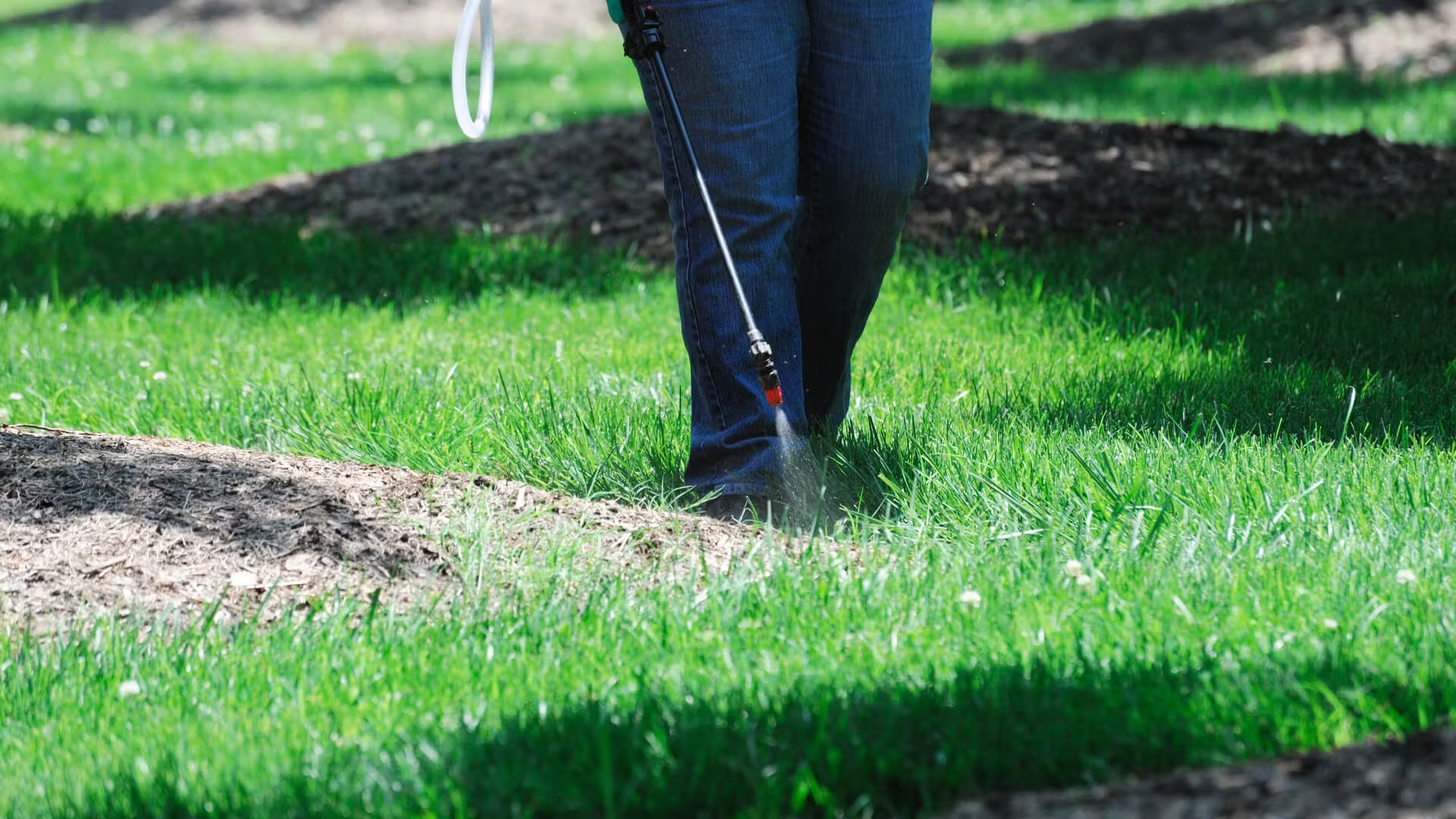

Landscaping Ideas
How To Regrow Grass After Weed Killer
Modified: September 1, 2024
Learn effective landscaping ideas to regrow grass after weed killer application. Discover expert tips for reviving your lawn and restoring its lush green appearance.
(Many of the links in this article redirect to a specific reviewed product. Your purchase of these products through affiliate links helps to generate commission for Storables.com, at no extra cost. Learn more)
Introduction
Dealing with the aftermath of weed killer on your lawn can be a challenging task, but with the right approach, it is possible to regrow and rejuvenate the grass to restore the lush green carpet that you desire. Whether the damage was caused by accidental overspray or the necessary application of herbicides to control invasive weeds, understanding the effects of weed killer on grass and implementing the appropriate regrowth strategies is essential for reclaiming a healthy and vibrant lawn.
In this comprehensive guide, we will delve into the intricacies of regrowing grass after weed killer application, providing valuable insights into preparing the lawn for regrowth, selecting the right grass seed, and the crucial steps involved in planting and caring for new grass. By following these expert tips, you can effectively revitalize your lawn, transforming it into a thriving oasis that enhances the beauty of your outdoor space.
Key Takeaways:
- Choose the right grass seed based on your climate, soil type, and lawn use to ensure successful regrowth after weed killer damage. Quality seed blends can provide long-term benefits for a vibrant lawn.
- Prepare the damaged areas by removing debris, aerating the soil, and enriching it with topsoil or compost before planting new grass. Carefully follow planting and care practices to foster successful establishment and long-term health of the regrown grass.
Understanding the Effects of Weed Killer on Grass
Weed killers, also known as herbicides, are formulated to target and eliminate unwanted plants, including invasive weeds that can compromise the health and appearance of your lawn. While these products are effective in eradicating weeds, they can inadvertently impact the surrounding grass if not applied with caution. The extent of damage to the grass depends on various factors, such as the type of weed killer used, the concentration applied, and the overall health of the grass prior to the treatment.
One of the primary effects of weed killer on grass is discoloration and wilting. The grass may exhibit signs of browning, yellowing, or overall deterioration, signaling the stress induced by the herbicidal chemicals. In severe cases, the grass may experience stunted growth or even die off completely in localized areas, leaving unsightly patches that disrupt the uniformity of the lawn.
It’s important to note that different types of weed killers can have varying impacts on grass. Non-selective herbicides, for example, can indiscriminately target all plant life, including the desirable grass in your lawn. Selective herbicides, on the other hand, are designed to specifically target certain types of weeds while minimizing harm to grass and other desired plants. However, even selective herbicides can cause unintended damage if not applied carefully.
Additionally, the timing of the weed killer application can influence its effects on the grass. Applying herbicides during periods of stress, such as drought or extreme heat, can exacerbate the damage to the grass, as it may already be struggling to maintain its vitality. Understanding these dynamics is crucial in formulating a strategy to regrow the grass and restore the overall health and aesthetic appeal of the lawn.
Preparing the Lawn for Regrowth
Before initiating the regrowth process, it’s essential to prepare the lawn to create optimal conditions for the new grass to take root and thrive. The first step in this preparation involves assessing the extent of the damage caused by the weed killer. Identify the areas where the grass has been affected, noting the severity of the discoloration, thinning, or complete loss of grass coverage. This assessment will guide your approach to restoring the affected areas and ensuring uniform regrowth across the entire lawn.
Once the damaged areas have been identified, it’s crucial to remove any remnants of the affected grass and underlying debris. This can be achieved by gently raking the areas to loosen and remove the dead grass, thatch, and any other organic matter that may impede the regrowth process. Clearing the soil surface of debris promotes better seed-to-soil contact and allows for improved germination and establishment of the new grass seed.
After clearing the damaged areas, consider aerating the soil to alleviate compaction and enhance the penetration of air, water, and nutrients to the grassroots. Aeration can be particularly beneficial if the soil was compacted due to foot traffic or heavy equipment during the weed killer application or subsequent lawn maintenance. By creating channels in the soil, aeration facilitates improved water absorption and root development, fostering an environment conducive to robust grass regrowth.
Following aeration, consider enriching the soil with a high-quality, nutrient-rich topsoil or compost to replenish the soil’s fertility and provide essential organic matter for the new grass to thrive. This amendment can help offset any potential residual effects of the weed killer and promote the development of healthy, resilient grass. Additionally, incorporating a balanced fertilizer tailored to support new seedling growth can further enhance the soil’s fertility and provide the necessary nutrients for the emerging grass to establish strong roots and vigorous foliage.
By meticulously preparing the lawn for regrowth, you can lay the groundwork for successful grass revitalization, setting the stage for the subsequent steps of selecting the right grass seed and effectively planting and caring for the new grass.
After using weed killer, wait at least 2-4 weeks before reseeding. Rake the dead grass and loosen the soil. Then, spread grass seed and water regularly to help it regrow.
Selecting the Right Grass Seed
Choosing the appropriate grass seed is a pivotal step in the regrowth process, as it directly influences the resilience, appearance, and adaptability of the new grass in your lawn. When selecting the right grass seed, consider factors such as climate, soil type, sun exposure, and intended use of the lawn to ensure that the chosen seed aligns with the specific requirements of your outdoor space.
Begin by identifying the climate zone in which your lawn is situated, as different grass species thrive in varying climate conditions. Cool-season grasses, such as Kentucky bluegrass and fescue, flourish in regions with distinct seasons, thriving in cooler temperatures and exhibiting resilience in the face of frost and snow. Warm-season grasses, including Bermuda grass and Zoysia grass, are better suited to warmer climates, displaying robust growth during the hot summer months and exhibiting enhanced drought tolerance.
Moreover, assess the soil type in your lawn, as certain grass species demonstrate superior adaptation to specific soil conditions. Whether your soil is sandy, loamy, or clay-based, selecting a grass seed that is well-suited to the existing soil composition can significantly enhance the establishment and longevity of the new grass. Additionally, consider the sun exposure in your lawn, as some grass species thrive in full sun, while others exhibit greater shade tolerance, making them ideal for lawns with limited sunlight exposure.
Furthermore, contemplate the intended use of the lawn, as this can influence the selection of grass seed tailored to the level of foot traffic and recreational activities anticipated in the outdoor space. For high-traffic areas, resilient grass varieties with excellent wear tolerance and quick recovery from damage may be preferable, ensuring that the lawn maintains its lush appearance and durability over time.
By carefully considering these factors and consulting with local gardening experts or nurseries, you can identify the most suitable grass seed for your lawn’s regrowth. Additionally, look for high-quality seed blends or mixtures that combine multiple grass species, offering diverse attributes such as disease resistance, color uniformity, and overall resilience. Investing in premium grass seed can yield long-term benefits, contributing to the establishment of a vibrant and enduring lawn that enhances the beauty of your outdoor landscape.
Planting and Caring for New Grass
Once you have selected the appropriate grass seed for your lawn’s regrowth, the next crucial phase involves the meticulous planting and diligent care of the new grass to ensure its successful establishment and sustained vitality. The following steps outline the essential measures for planting and nurturing the new grass, guiding you through the process of transforming damaged areas into thriving green spaces.
1. Seed Distribution: Begin by evenly distributing the selected grass seed across the prepared areas, ensuring thorough coverage for robust germination and uniform regrowth. Use a seed spreader or broadcast by hand, taking care to distribute the seed at the recommended rate to achieve the desired density of grass coverage.
2. Soil Contact: After seeding, gently rake the soil to lightly cover the seeds, promoting direct contact with the soil while ensuring that the seeds are not buried too deeply. This step facilitates optimal germination and root development, setting the stage for the emergence of healthy new grass.
3. Watering: Adequate and consistent moisture is essential for the germination and early growth stages of the new grass. Keep the seeded areas consistently moist by lightly watering them multiple times per day, especially during dry or warm periods. Avoid excessive watering, as this can lead to waterlogging and hinder germination.
4. Monitoring and Maintenance: Regularly monitor the seeded areas for signs of germination, which typically occurs within 7 to 14 days, depending on the grass species. As the new grass begins to emerge, gradually reduce the frequency of watering while increasing the depth of irrigation to encourage deep root development. Once the grass reaches a mowable height, carefully mow it following the recommended mowing practices for the specific grass species, ensuring that the blades are sharp to prevent stress on the emerging grass.
5. Fertilization: After the new grass has established itself and exhibited substantial growth, consider applying a balanced fertilizer to provide essential nutrients for continued vigor and resilience. Select a fertilizer specifically formulated for new seedlings or young grass to support healthy development without overwhelming the delicate root systems.
By diligently implementing these planting and care practices, you can foster the successful establishment of new grass, gradually transforming the previously damaged areas into lush, vibrant sections of your lawn. Patience and attentive maintenance are key during this phase, as they contribute to the long-term health and beauty of the regrown grass, ultimately restoring the allure of your outdoor landscape.
Read more: What Is A Natural Grass And Weed Killer
Conclusion
Reviving your lawn after the impact of weed killer requires a thoughtful and methodical approach, encompassing an understanding of the effects of herbicides on grass, meticulous preparation of the lawn for regrowth, and the strategic selection and nurturing of new grass. By embarking on this regrowth journey with patience and dedication, you can breathe new life into your outdoor space, transforming damaged areas into flourishing expanses of vibrant greenery.
As you navigate the regrowth process, remember that each step plays a pivotal role in the overall success of revitalizing your lawn. From carefully assessing the damage and preparing the soil to selecting the right grass seed tailored to your lawn’s specific requirements, every action contributes to the creation of a resilient and visually appealing grass carpet that enhances the beauty of your landscape.
Furthermore, the planting and caring phase demands attentive maintenance and a nurturing touch, ensuring that the new grass emerges and thrives with vigor. By providing the essential elements of water, nutrients, and diligent oversight, you can guide the regrown grass toward robust maturity, establishing a cohesive and rejuvenated lawn that invites relaxation, recreation, and natural splendor.
Ultimately, the regrowth journey serves as a testament to the resilience of nature and the transformative power of dedicated care and attention. As the new grass takes root and flourishes, it symbolizes the renewal and rejuvenation of your outdoor sanctuary, offering a lush and inviting backdrop for leisure, gatherings, and the simple enjoyment of the natural world.
Embrace the regrowth process as an opportunity to cultivate a thriving and enduring lawn, and savor the gratifying transformation that unfolds as your outdoor space is revitalized, one blade of grass at a time.
Frequently Asked Questions about How To Regrow Grass After Weed Killer
Was this page helpful?
At Storables.com, we guarantee accurate and reliable information. Our content, validated by Expert Board Contributors, is crafted following stringent Editorial Policies. We're committed to providing you with well-researched, expert-backed insights for all your informational needs.

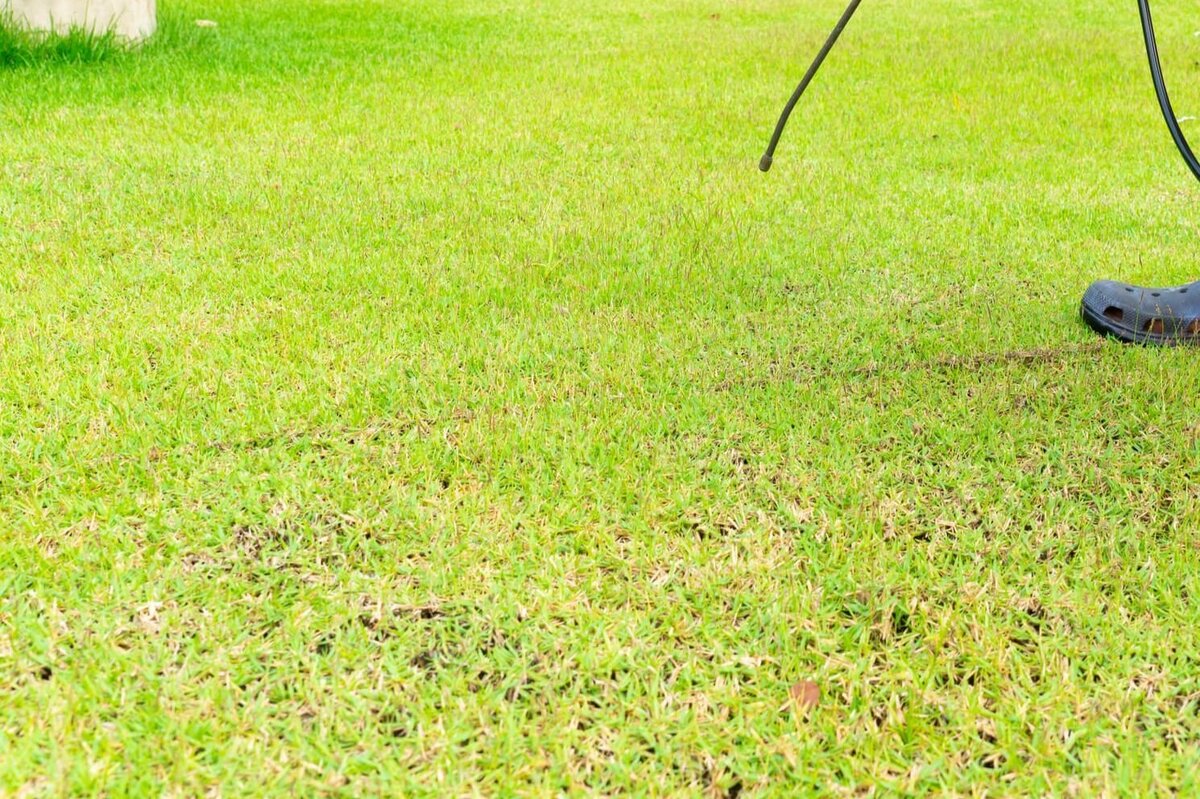
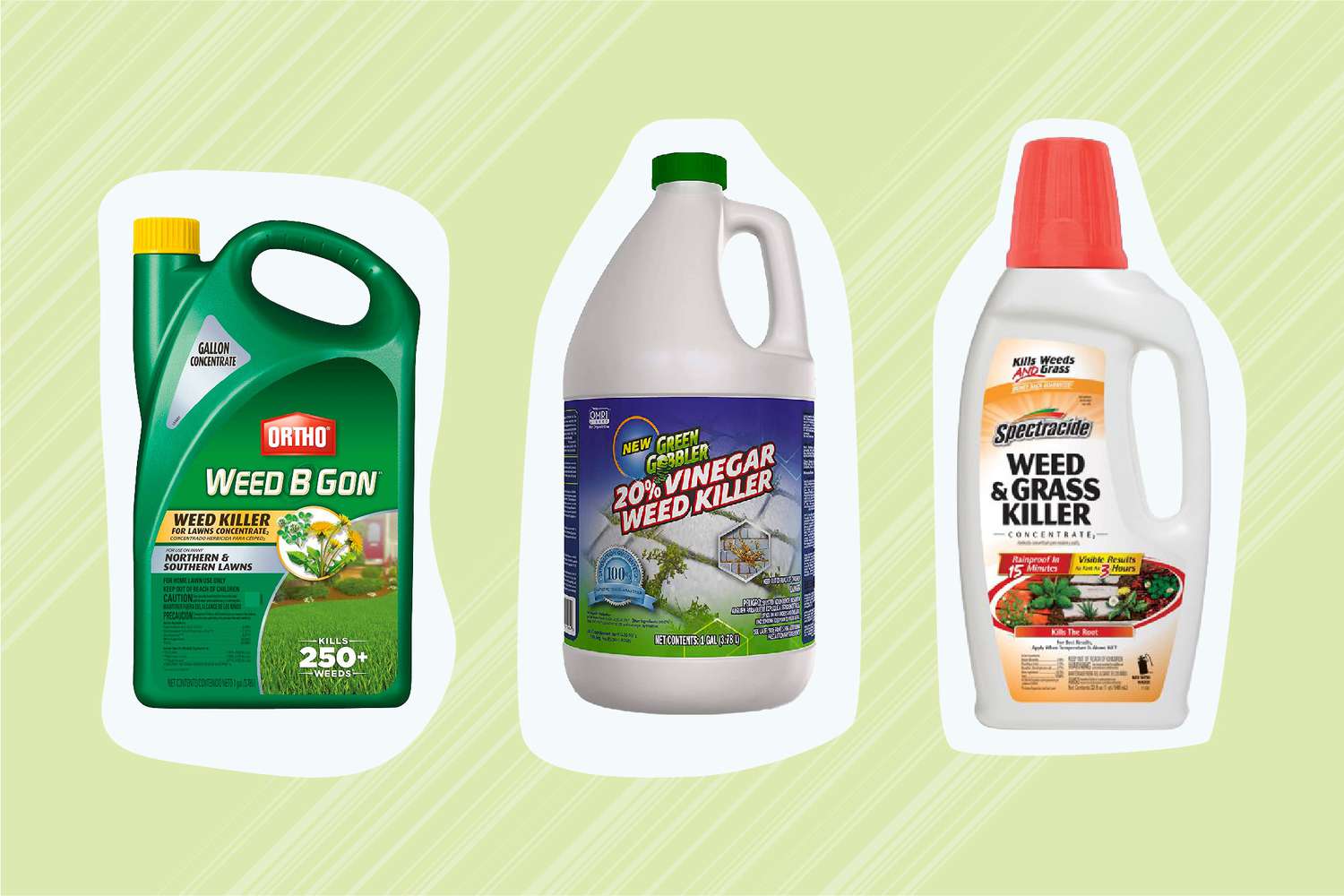
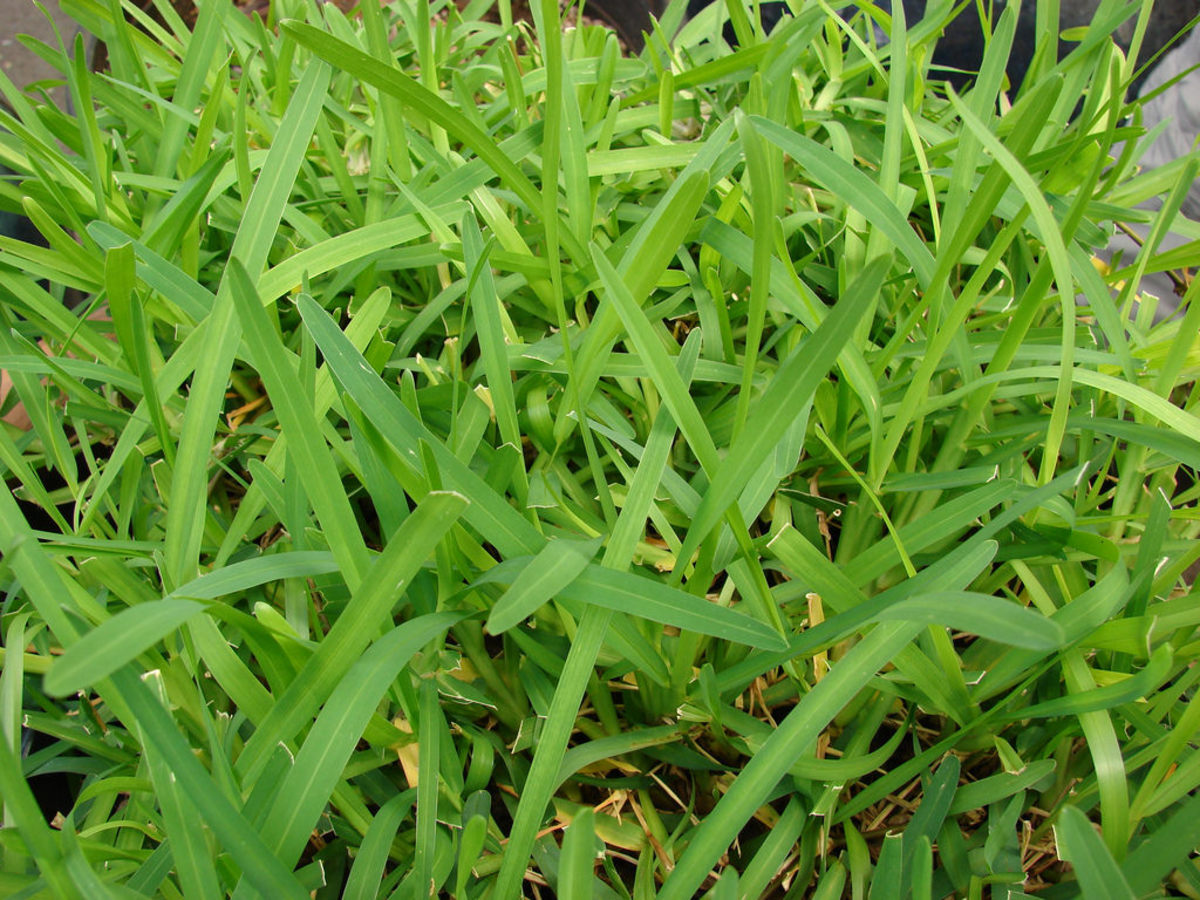
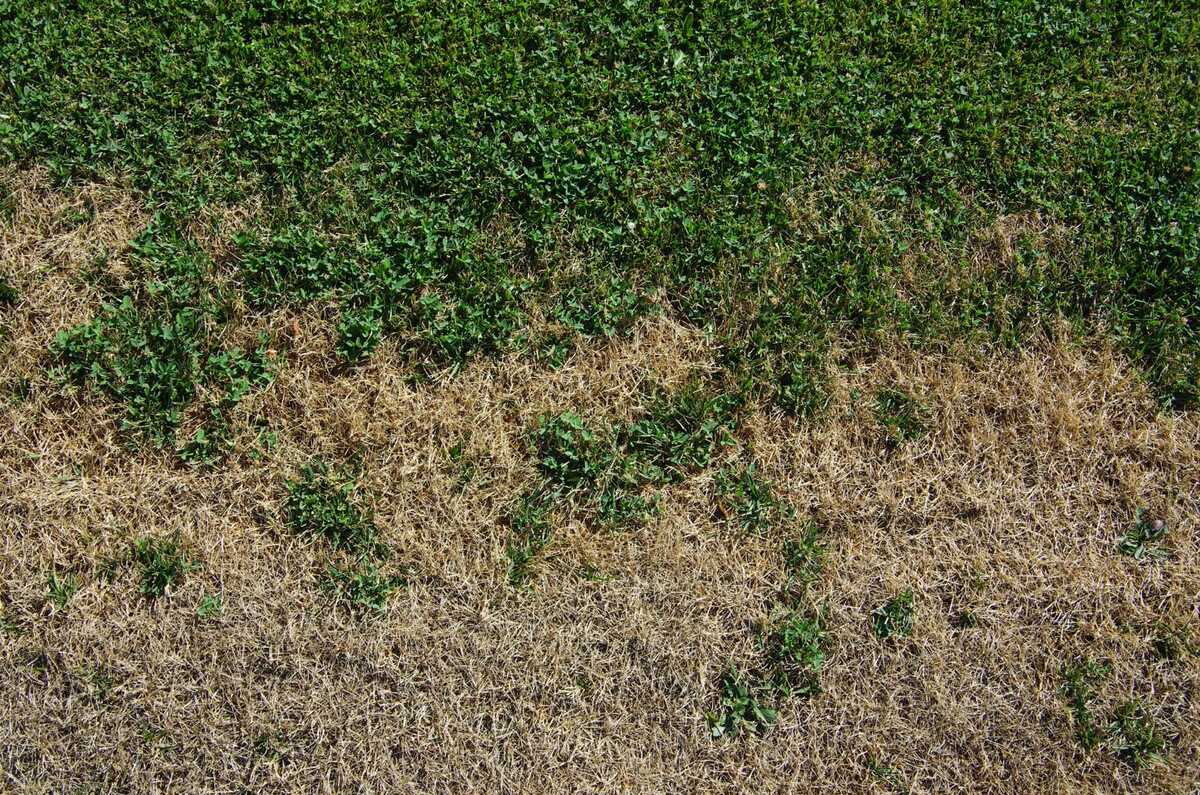
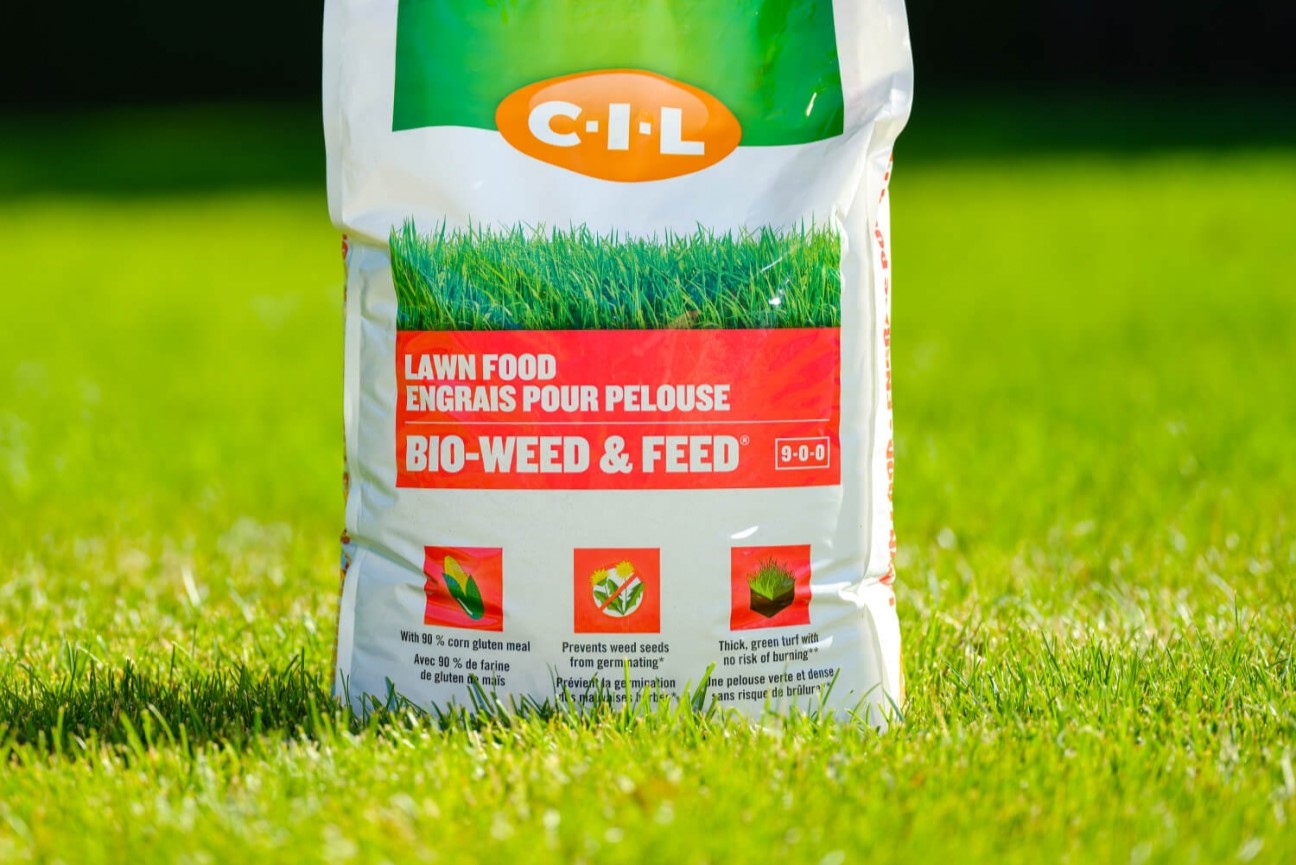
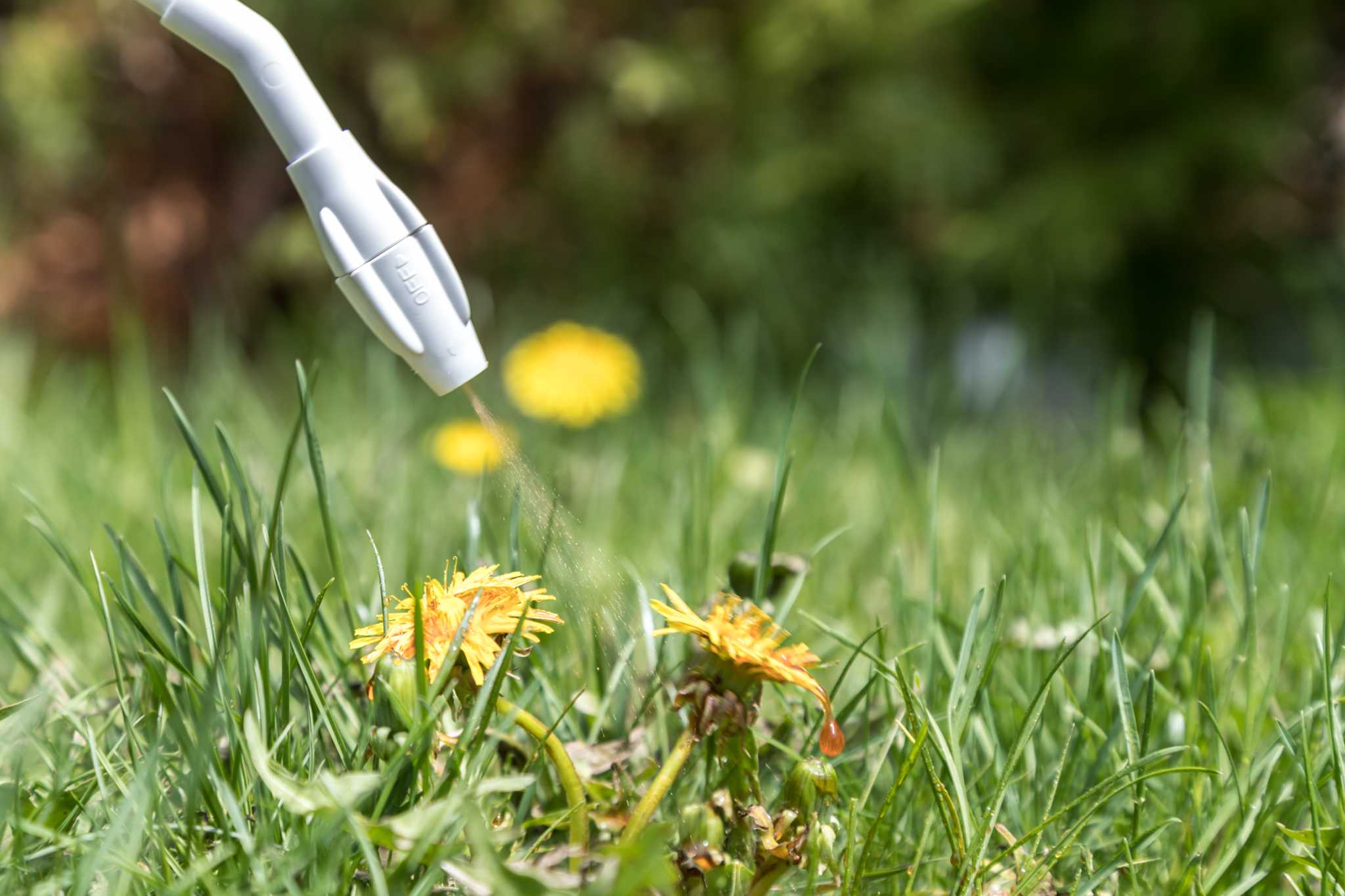
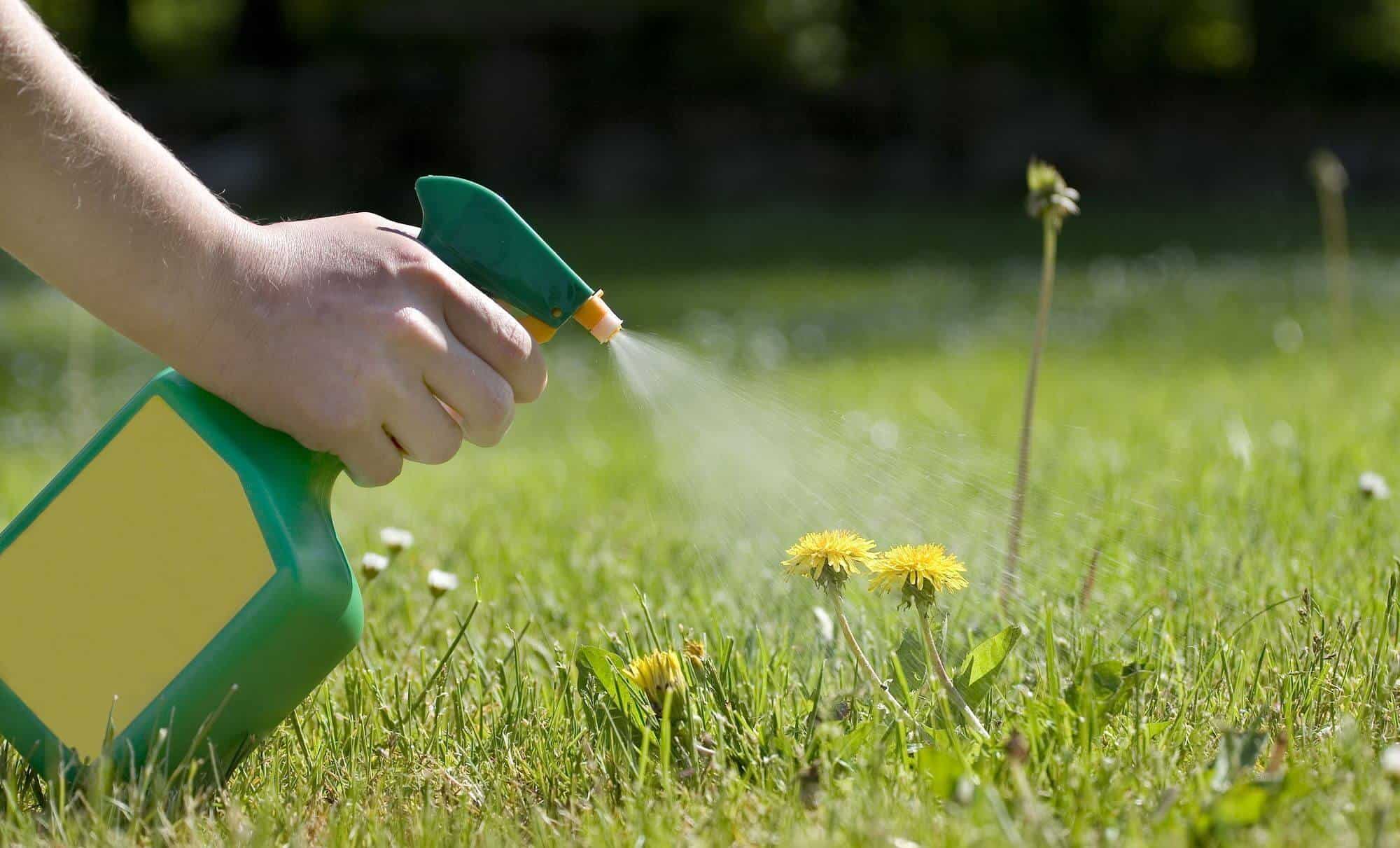
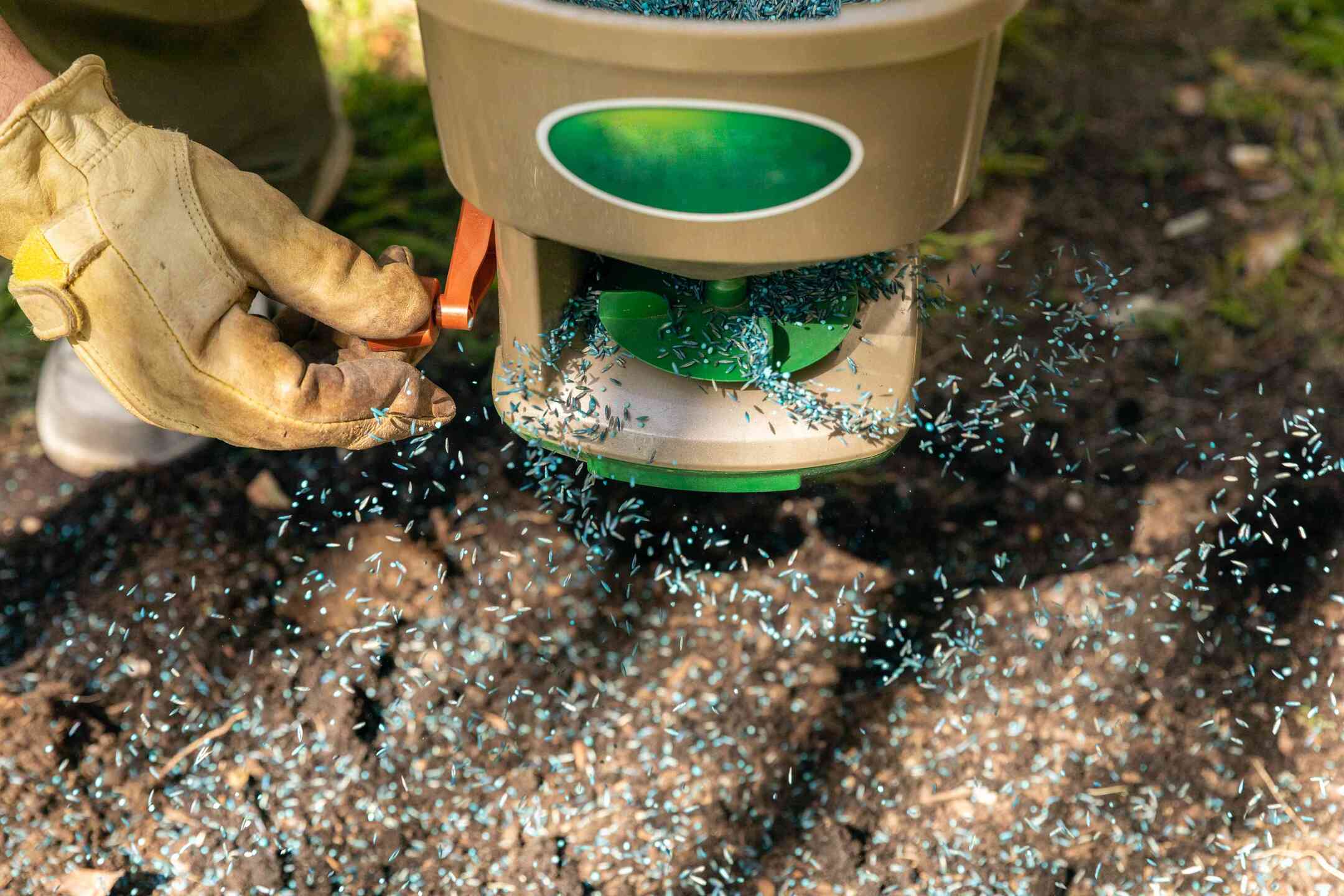
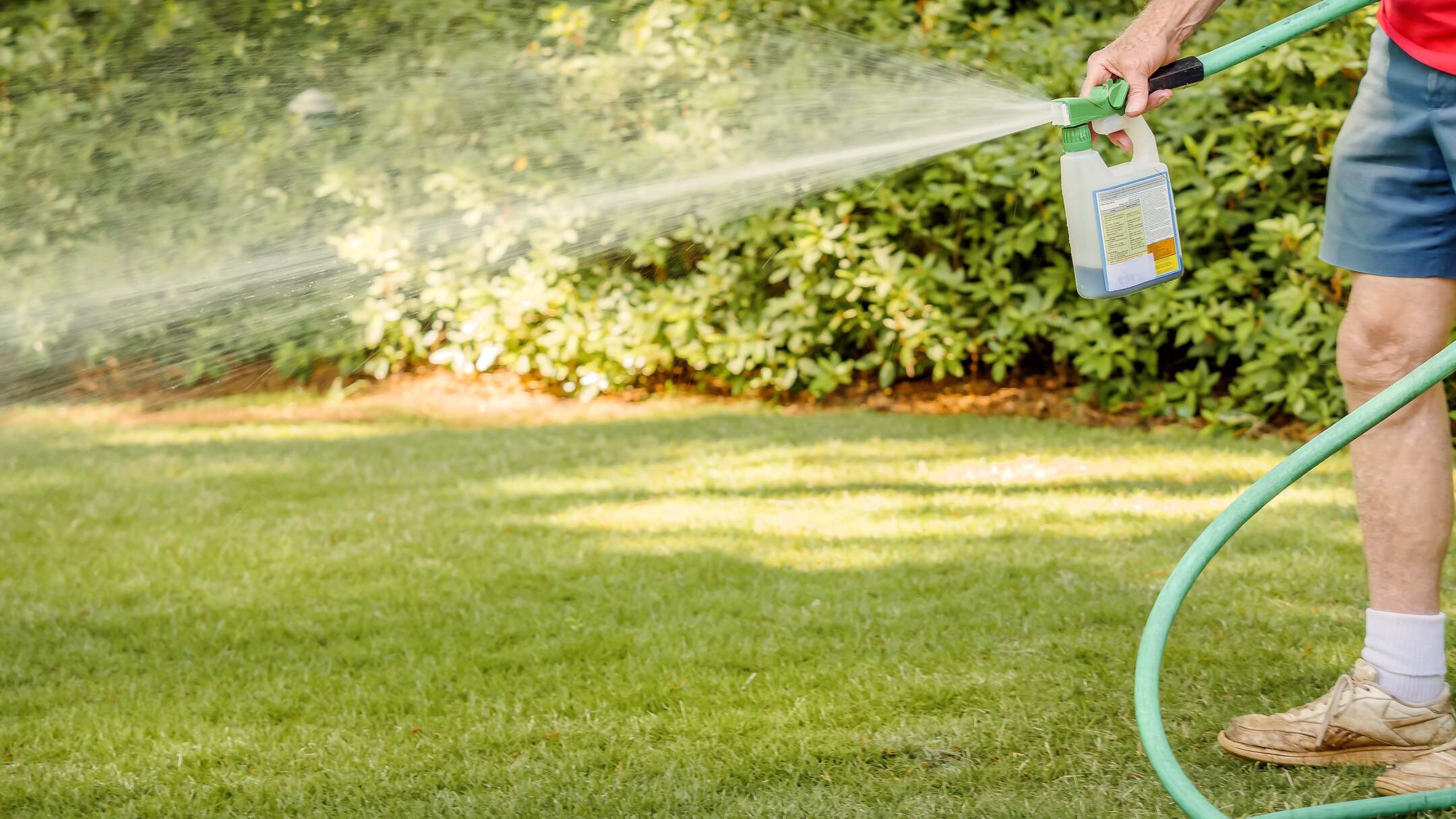
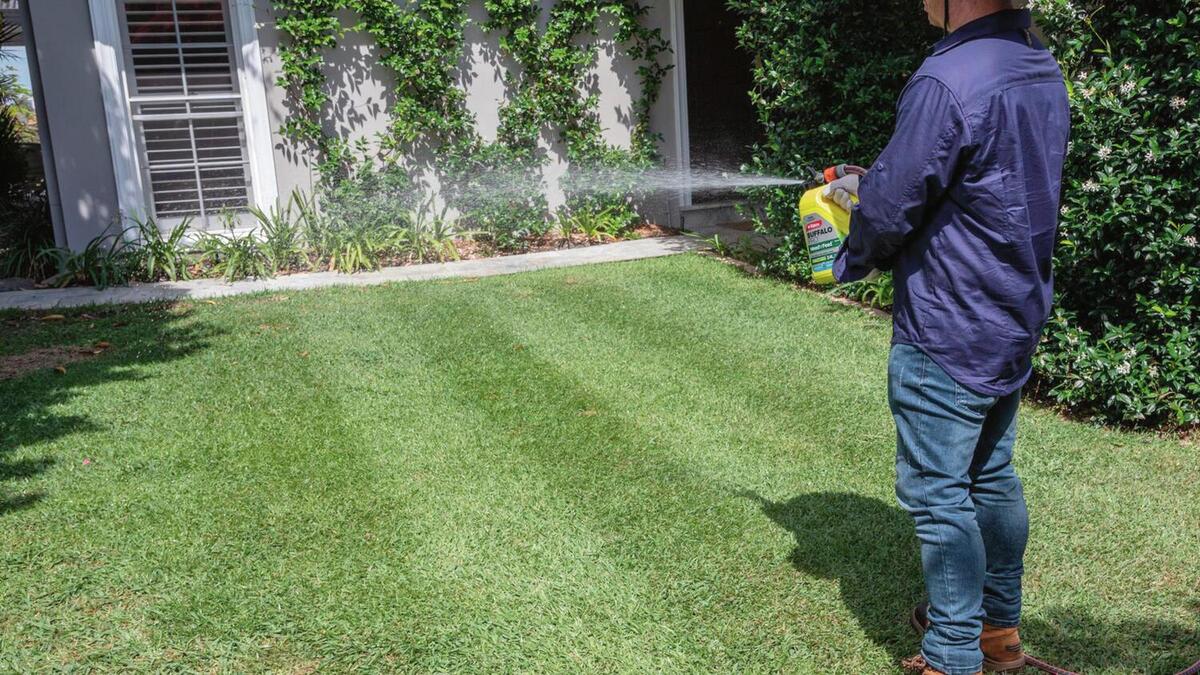
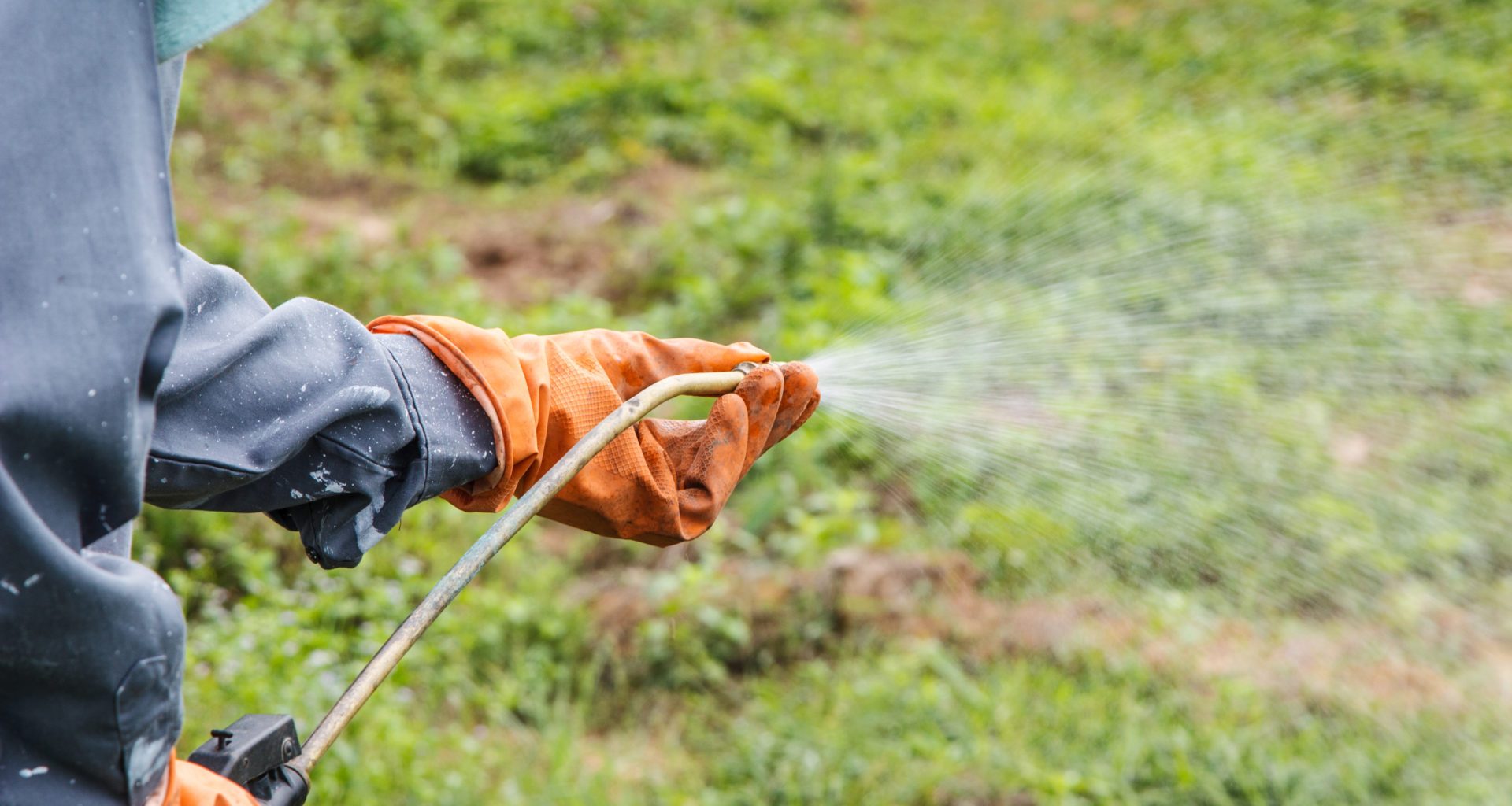
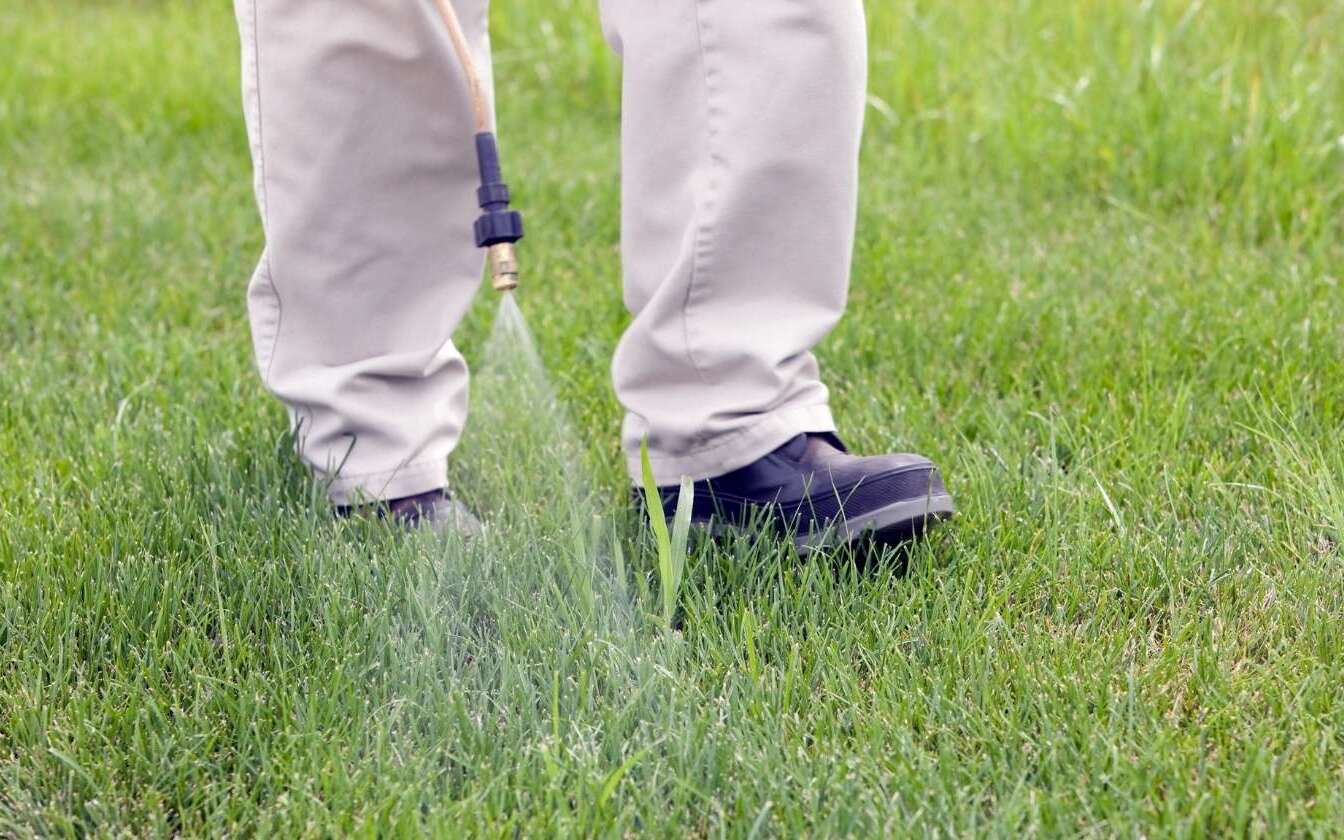
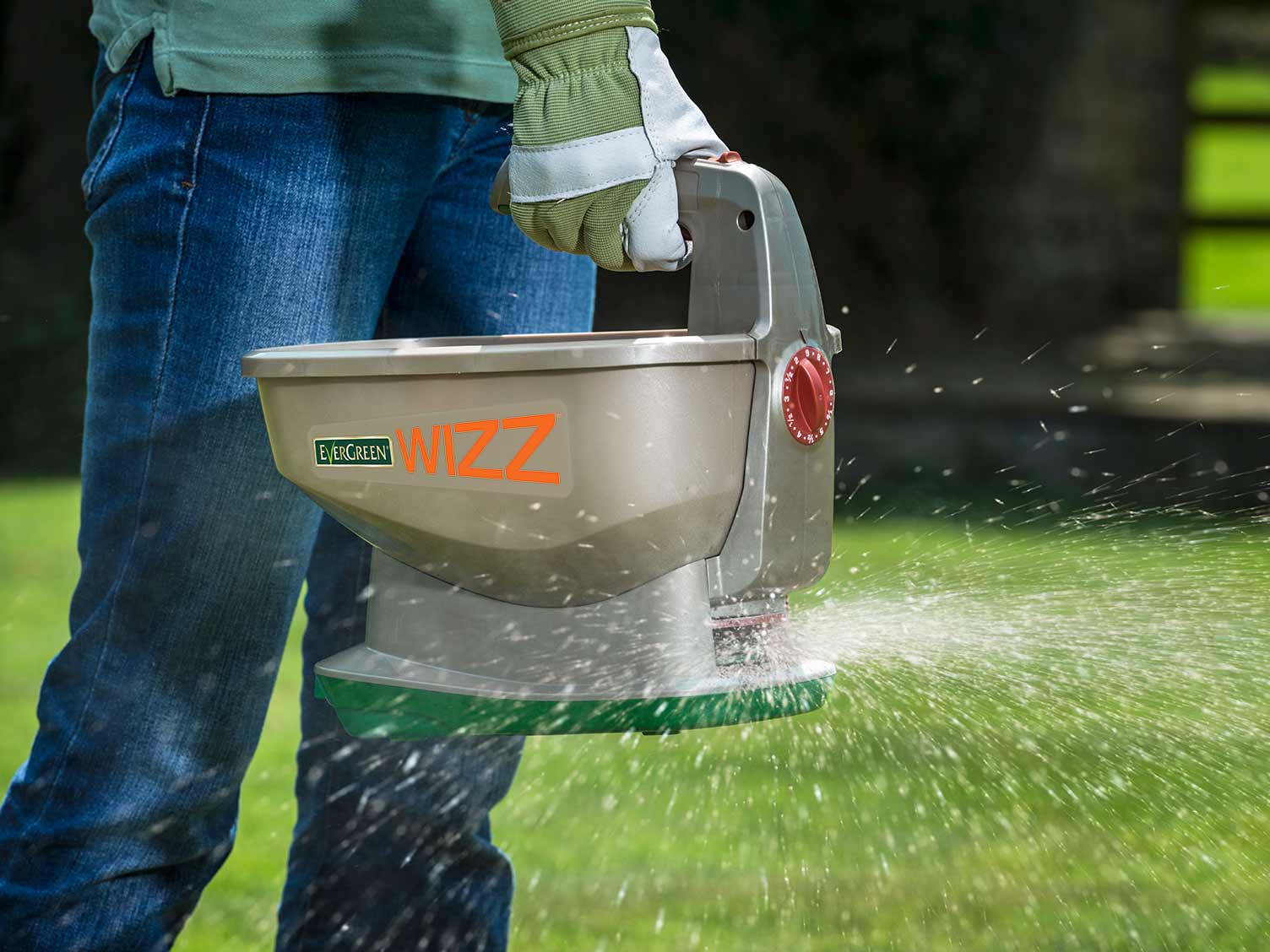

0 thoughts on “How To Regrow Grass After Weed Killer”